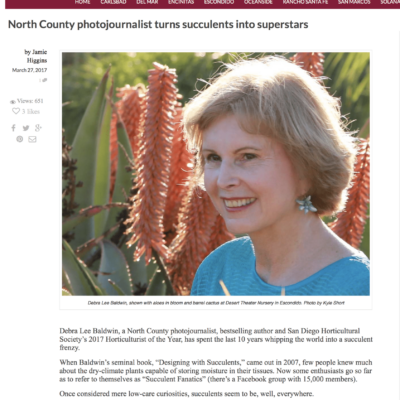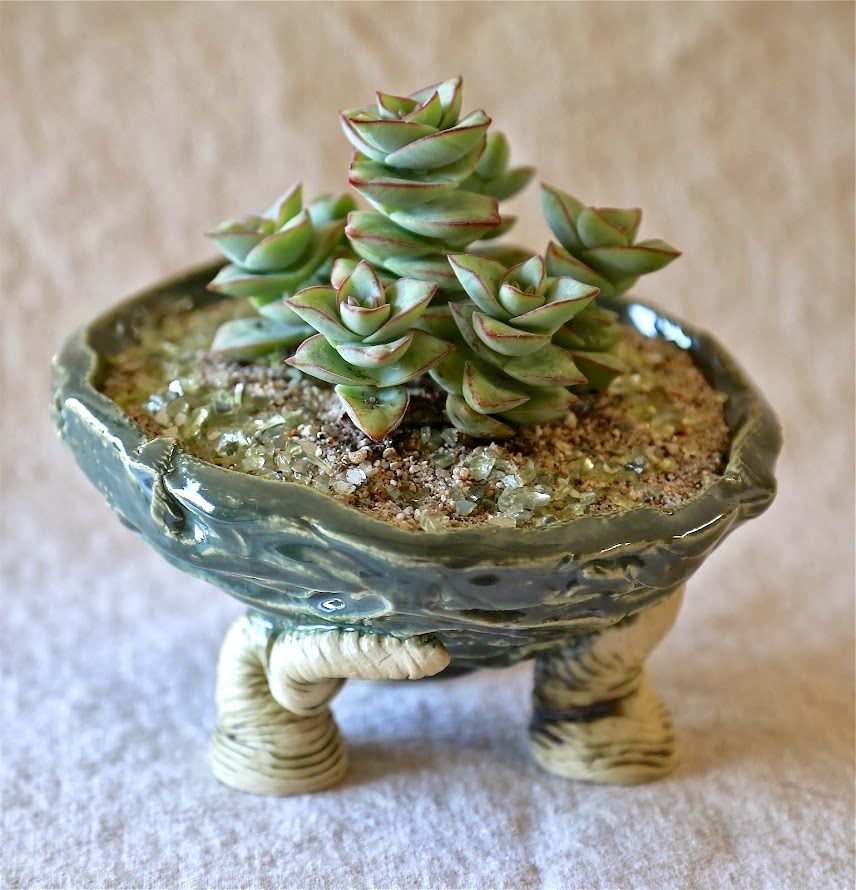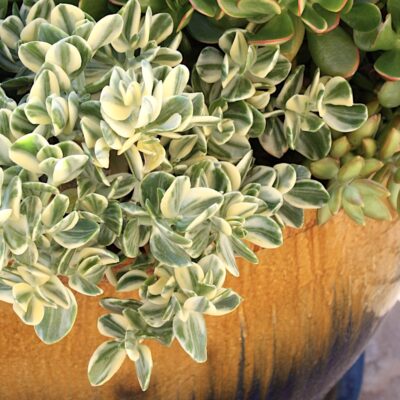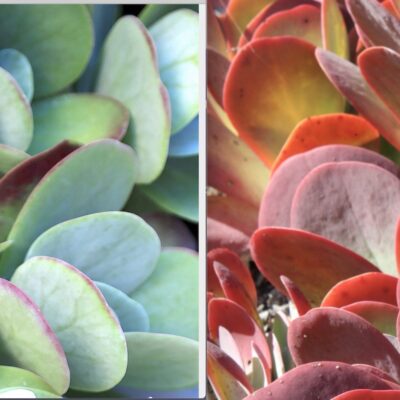I'm in Architectural Digest! Sadly, they didn't interview me about design...which is a little disappointing because I wrote Designing with Succulents and was a regular contributor to Better Homes & Gardens and Sunset. That said, being in AD is a huge honor. Plus they used my photos (example above).
The topic: How to propagate succulents
In the article I explain how to start succulents from cuttings, pups, offsets and leaves. Does that sort of thing interest you? You'll find plenty of good info here on my site and on my YouTube channel. And of course, if you like, you can read the AD article.
Btw, I gave those links to the writer and also explained how to start succulents from cuttings, pups, offsets and leaves. We talked for over an hour with email follow-ups. Even so, the article has several misconceptions and at least one egregious error. If you spot them, kudos to you! Do share them (or if you think I'm overreacting) in the Comments below.

I was in The New Yorker recently, too.
That article also is not about design, but nevertheless is an honor (many thanks to Jeanne and Barry Meadow for bringing it to my attention). It references a book I wrote pre-succulents: Taco Titan, The Glen Bell Story.
What? You never heard of it?
Well, after I profiled Mr. Bell for the San Diego Union-Tribune, Bell Enterprises and Taco Bell Corp. wanted me to do his biography. I'm proud of the book; it's a good read. After it came out, KFC asked, but I declined doing one about The Colonel. If I hadn't, what do you suppose I'd be doing today? Speculations welcome in the comments below.
Related Info:
How to Propagate Succulents
How to Propagate Succulents Learn the many ways to make more succulents from existing plants Recognize growth-producing tissue Most succulents can be propagated vegetatively—via stem cuttings, pulling apart offsets, or rooting leaves. The key is to locate the growth tissue that grows roots. This meristematic tissue is at… bands on stems where leaves once were attached the base…
TV, Radio and Media
TV, Radio and Media Features, interviews and articles Here you’ll find excerpts and links to a few of many media articles and interviews in which Debra Lee Baldwin is featured and quoted as an expert on succulents and their design uses. Included are book reviews, radio, podcasts, TV news, Wall St. Journal, Washington Post, KPBS,…
The post I’m in Architectural Digest! Sadly… appeared first on Debra Lee Baldwin. Copyright © Debra Lee Baldwin.
from Debra Lee Baldwin https://ift.tt/xvmsRjr
via IFTTT







